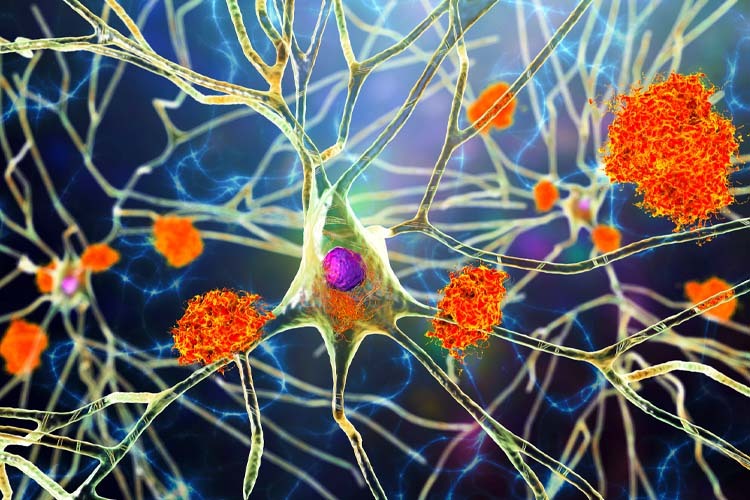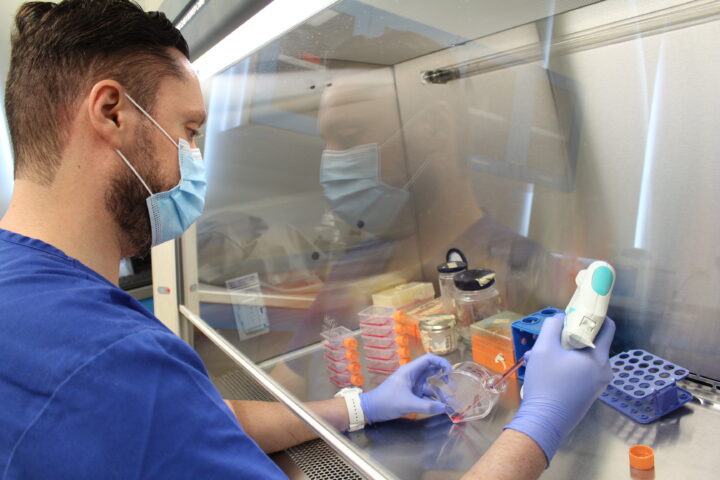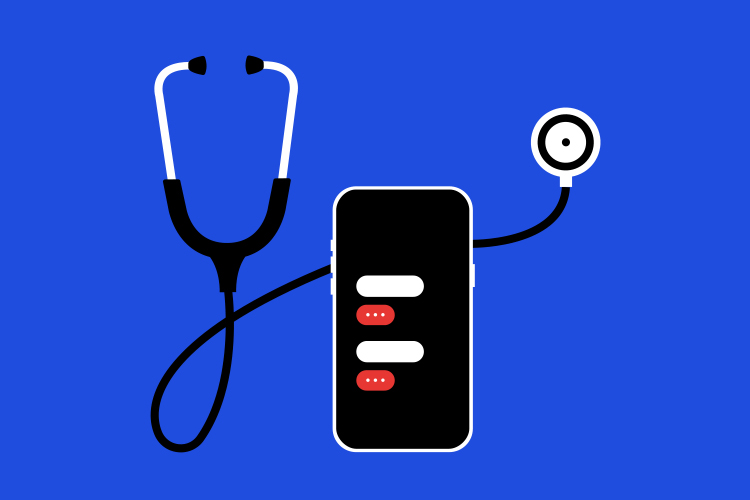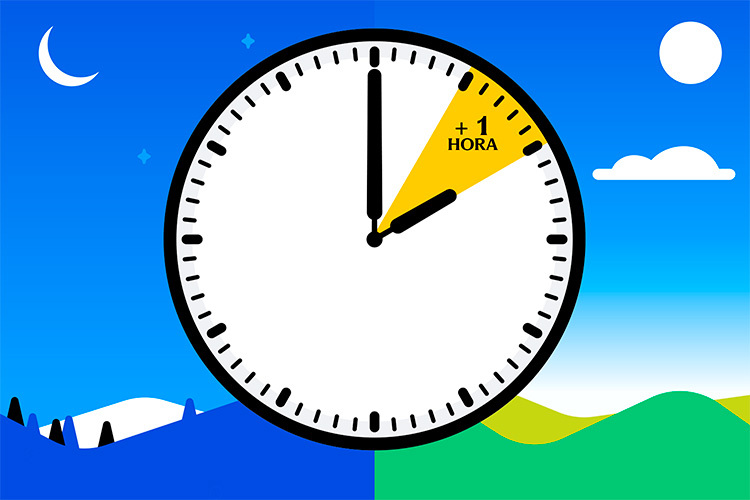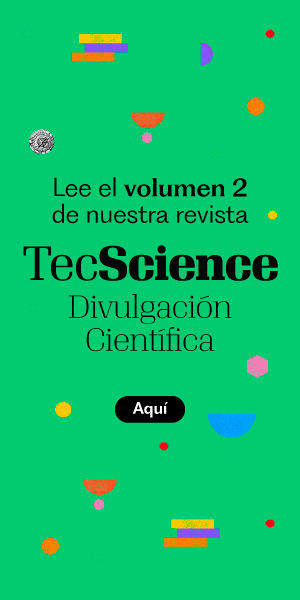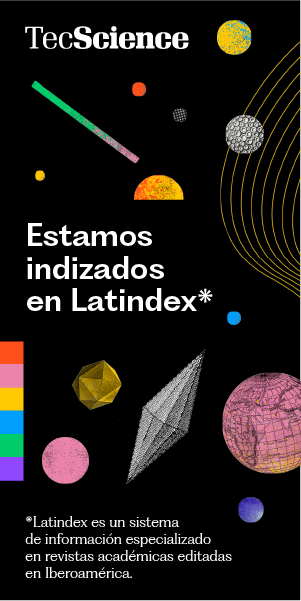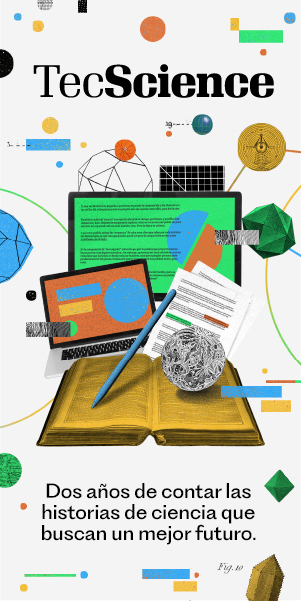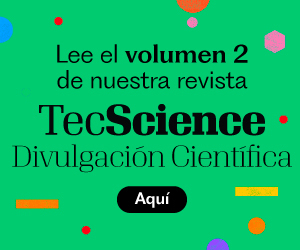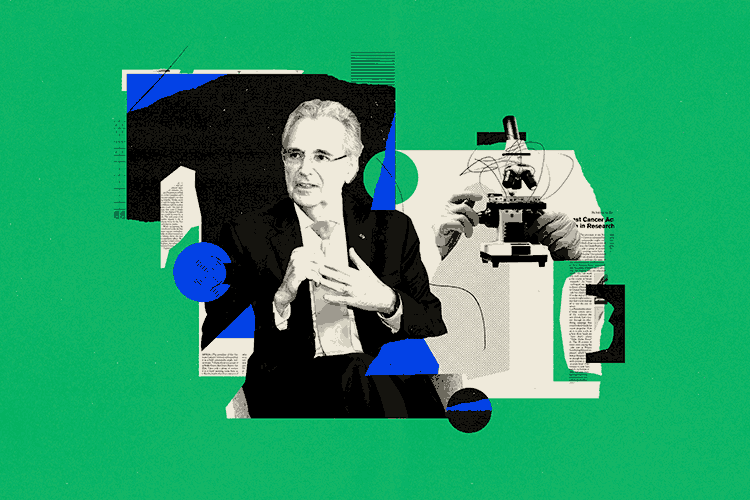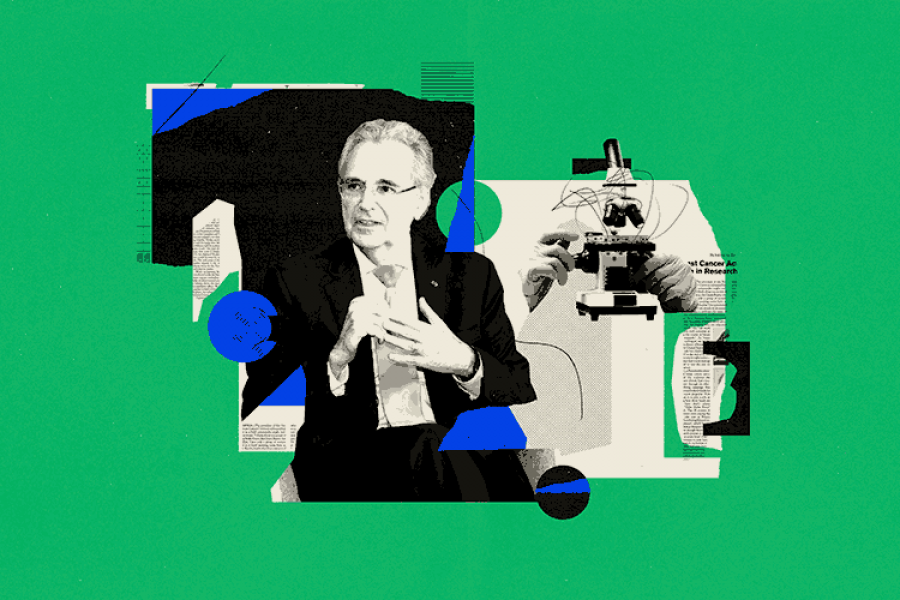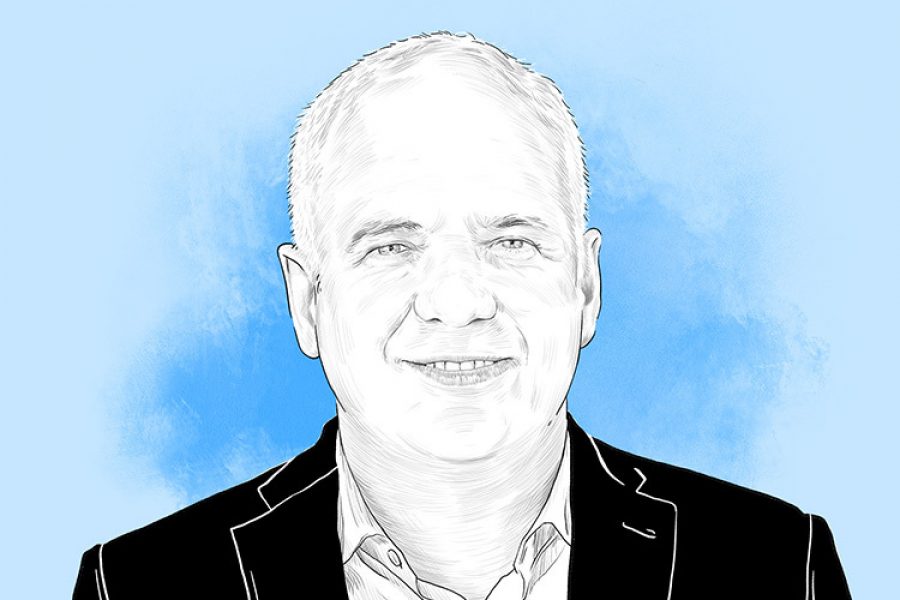In 2017, Silvia Pérez received a phone call from an unknown man. He told her he was a mechanic and that a confused person who didn’t know how to get home had walked into his workshop. That person was Gustavo, Silvia’s husband.
That’s when she knew something was wrong. By then, her husband had been forgetting things (like where he’d parked the car) for a couple of years and was irritable.
When Gustavo got lost and ended up in the workshop, he and Silvia were living in Progreso, Yucatán, enjoying their retirement. Shortly after, they traveled to Mexico City to give him a medical checkup.
“It was then that he was diagnosed with Alzheimer’s,” Silvia recalls.
What is Alzheimer’s? An Alien that Takes Over Your Brain
Alzheimer’s is a degenerative brain disease caused by complex brain changes. It is the most common cause of dementia and is characterized by progressive deterioration in memory, thinking, and the ability to perform daily activities.
Among its most common symptoms are memory loss and personality changes.
“It’s a very cruel illness, like an alien coming inside you and taking out your essence,” Silvia says. “He no longer recognized his grandchildren—who were the light of his eyes—and me, who was with him for 57 years.”
Today, there is no cure, and available treatments have limited effectiveness, but science continues to advance in its diagnosis, prevention, and treatment.
“There is much that can be done to improve the quality of life of those who suffer from it and to help them recover their cognitive functions,” says Perla Moreno, a researcher at the Center for Research on Aging at the Center for Research and Advanced Studies (Cinvestav).
Alzheimer’s Disease: The Amyloid Cascade Hypothesis
Alzheimer’s disease was first described in 1904, but the most significant advances in understanding it have occurred in the last twenty years or so, according to the researcher.
So far, its exact cause is still unknown. Still, the most accepted hypothesis is that of the amyloid cascade: a protein, called beta amyloid, is overproduced and accumulates in the brain in the form of plaques, causing a domino effect where neurons stop functioning correctly and lose connections with each other.
“These cascading events eventually lead to the death of neurons,” Moreno explains.
This neuronal dysfunction generally begins in the hippocampus—a region essential for learning and memory—and then progresses to other regions. Therefore, the first symptoms are often difficulty with learning new things and forgetfulness.
Over the years, symptoms increase and come to include disinhibition, loss of interest, difficulty speaking, lack of direction and judgment, depression, social withdrawal, aggression, anger, changes in sleep patterns, suspiciousness, and delusions.
“There was a moment when my Gustavo said to the caretaker, ‘That woman wants to kill me,’ about me,” Silvia says.
Although the amyloid cascade hypothesis has the most academic support, it is considered insufficient to explain its origin, as it is believed to be multifactorial, including alterations in the tau protein, inflammation, vascular diseases, and dysregulations in lipid metabolism.
How is Alzheimer’s Diagnosed? The Answer Varies
In Mexico, 9 out of 10 cases of Alzheimer’s go undetected. Distinguishing it from other causes of dementia requires testing patients to rule out other possible explanations for their symptoms.
“The diagnosis is not made in a single consultation,” says Leonel Cantú, a neurologist at the Institute of Neurology and Neurosurgery at TecSalud’s Zambrano Hellion Hospital.
The first step is an initial assessment, which includes cognitive tests that measure language, thinking, judgment, learning, and memory skills.
If the person scores below the standard, laboratory tests are performed. “A patient may come in with a memory problem, but it turns out to be due to hypothyroidism or other reversible factors,” explains Cantú.
When Alzheimer’s is suspected, Cantú recommends bringing in family members who may have information that the patient may not be able to recognize themselves.
If lab tests are show nothing, imaging studies, such as MRI or positron emission tomography (PET), can be used to see if there is any brain damage in the regions typically affected by this disease.
By gathering all this information and ruling out other explanations, the doctor may conclude that it is Alzheimer’s.
Recently, a blood test that can detect abnormal levels of beta amyloid has been added to the diagnostic tools and appears to be more effective at detecting it than dementia specialists.
Current and Future Treatments
An early and accurate diagnosis could help people with this disease begin treatment sooner and slow its progression. Forty-five percent of all dementias could be delayed, slowed, or prevented.
In the later stages, Alzheimer’s patients become dependent on their caregivers, as they may lose the ability to walk, speak, or swallow.
Furthermore, the disease can combine with—or trigger—other illnesses. “In 2019, Gustavo was diagnosed with a kidney problem and then bladder bleeding,” Silvia says. “This caused him to gradually weaken until his body couldn’t take it anymore.”
In August 2024, Gustavo passed away in the company of his wife and daughters.
Until recently, most treatments focused on symptoms, using drugs to increase neurotransmitters associated with memory, for example.
“Although they are useful, they have a very short window of action, because the disease continues to advance,” says Moreno.
In recent years, progress has been made in efforts to curb it by eliminating the buildup of beta amyloid. Monoclonal antibodies—such as Leqembi— can stimulate the immune system to destroy it when there is an excess.
Recently, a group of researchers designed a molecule —called H1GA—that acts like a sponge, absorbing its excess in an animal model. It’s very promising, but it will take years before it can be used in humans.
Exercise, Eat, and Sleep Well to Prevent or Treat Alzheimer’s
Although promising progress has been made, with new drugs and potential vaccines, Moreno cautions that we are still far from a cure or the ideal treatment.
“Many report a maximum effectiveness of 30% and show no improvement in memory or cognitive function,” the expert says. Also, some current treatments can have serious side effects.
Given this, her best bet is on a combination of treatment and prevention, with early diagnoses and interventions. Studies suggest that brain damage can begin up to twenty years before the first symptoms appear.
The main risk factor for Alzheimer’s is age and, in some cases, genetic factors, but there are others that can be modified with lifestyle changes, such as high blood pressure, diabetes, obesity, smoking, excessive alcohol consumption, head injuries, depression, lack of sleep, and hearing loss.
Thus, exercising, avoiding glucose spikes, maintaining a balanced diet, good sleep habits, and oral hygiene can prevent its onset or slow its progression.
Non-pharmacological treatments, such as cognitive stimulation, occupational therapy, managing comorbidities, and frequent medical checkups, also help.
The National Institute on Aging in the United States has the world’s longest-running longitudinal study of aging and Alzheimer’s. “One of its most striking results is that the people recruited seem to age more healthily,” says Moreno. “They receive very detailed clinical follow-ups.”
The Nun Study and Cognitive Resilience
Learning new things frequently, even as elders, may be one of the most effective ways to prevent cognitive decline from Alzheimer’s.
“There’s this fear of new situations because of the idea that since you’re older, it’s going to be harder,” says Moreno. But learning new things could protect our brains from this and other causes of dementia.
At list that is what the Nun Study suggests: a longitudinal study that began in 1991 and recruited 678 Catholic nuns from the School Sisters of Notre Dame congregation.
For years, researcher David Snowdon evaluated the nuns’ cognitive and physical function. As they died, he also analyzed their brains.
What he found was surprising: some nuns—up to 104 years old—had well-preserved cognitive function, but their brains were damaged, even containing beta amyloid plaques.
The study concluded that intellectual stimulation is one of the factors that contribute to Alzheimer’s not having as much impact on cognition and to overall healthy aging.
“I firmly believe that learning and doing new things helps,” says Moreno. In the lab, she and her group are studying cognitive resilience in animal models to understand how learning can protect the brain.
A Long Way to Go
There’s still a long way to go before we can best manage Alzheimer’s, or find a cure.
In the meantime, we need to improve health care to ensure a good quality of life for those living with it and make the latest diagnostic tools and treatments accessible and affordable for everyone.
It is also important to raise awareness in society to avoid prejudice, stigma, and mistreatment of patients.
“Society, and sometimes even doctors, have no idea what this disease is,” says Silvia. “It’s very sad to see the best parts of your family deteriorate, and it’s especially cruel for the person who suffers from it.”
Were you interested in this story? Would you like to publish it? Contact our content editor to learn more: marianaleonm@tec.mx
